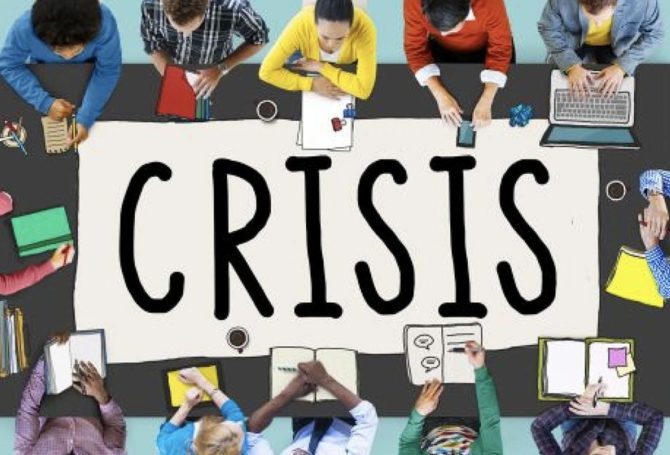Looking Forward Key to Putting Crisis in Past
The goal of crisis response is to get beyond the crisis. That requires looking forward, not just talking about how you are responding to what happened.
This is the equivalent of showing how you are going to rebuild the house that is burning down in a fire behind you. It’s a difficult balancing act.
The key to looking forward is to show empathy for those impacted by the crisis. Putting their interests forward gives you a platform to talk about the future.
Care must be taken not to appear as if you are sloughing off the crisis at hand. You have to address it. The point is you can do more and help move the focus from the fire to reconstruction.
It is impossible to fake empathy, and your concern must come from a genuine place. Otherwise, you will do more harm than good. If a retaining wall collapses on a large construction project, raising questions about the engineering and contractor, a good step would be to pay one-on-one visits to adjoining residents or businesses. That creates an opportunity to explain what happened and how you will fix the problem, but also to ask about the project and how it can be leveraged to improve the neighborhood or solve a community issue. You might be surprised at what you find out.
“The key to looking forward is to show empathy for those impacted by the crisis. Putting their interests forward gives you a platform to talk about the future.”
Thoughtful crisis response involves much more than PR spin, which comes across as superficial and, sometimes, uncaring. Talking to people, even if you aren’t able to quell all their concerns, builds rapport and ultimately some level of trust, especially if you follow through on what you promise.
This grassroots form of crisis response becomes the foundation for moving past the problem to longer term improvements, like mining the good from of the bad.
Actions always animate successful crisis responses. Forward-looking actions are the first steps to putting the crisis in the past tense.



